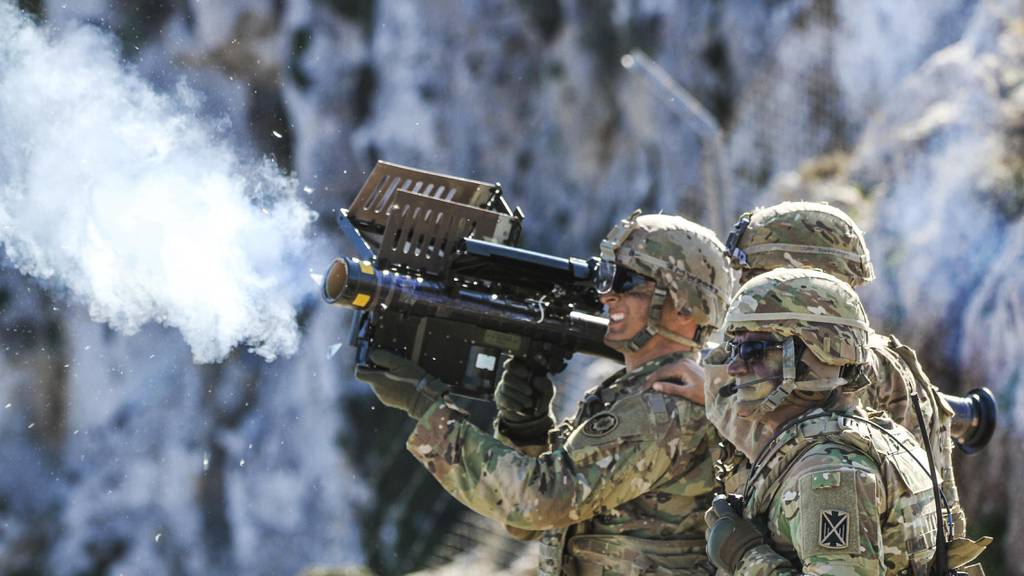
According to a recent statement from Raytheon Technologies, the United States Army has awarded them a contract to build Stinger anti-aircraft missiles. This contract—worth $624.6 million—is aimed to restock the army’s supply after the US had sent approximately 1,400 Stingers to Ukraine to assist in their defense against the recent Russian invasion.
Announced Friday, the Pentagon’s contract states, “Work locations and funding will be determined with each order, with an estimated completion date of June 30, 2026.”
That in mind, Raytheon will begin its obligations in the contract with the construction of 1,300 new Stinger missiles.
In the company’s statement regarding the announcement, Raytheon noted that the contract does include a handful of provisions aimed at “engineering support, as well as the test equipment and support needed to address obsolescence, modernize key components, and accelerate production.”
Along with Javelin missiles, Stinger projectiles have been in quite high demand, of late. This is particularly true in Ukraine, where these arms have been especially effective at repelling the Russian invasion. As a matter of fact, the Pentagon has already sent 5,500 Javelin anti-tank missiles—along with the Stingers—since Russia first initiated the conflict in February.
As such, US Congress passed a $40 billion spending package, this month, designed to authorize the Biden administration to, primarily, distribute another $11 billion in US military equipment to Ukraine. The package also includes $8.7 billion to address the stocks that had already been sent.
Acquiring more Stinger missiles has not been a major priority for the US military. In fact, the US Army has not purchased any new Stinger projectiles since 2005 as part of an effort to design and implement the next generation of man-portable anti-aircraft missiles while, at the same time, upgrading the remaining inventory.
But even as Congress has passed the initiative to acquire new Stinger missiles, Raytheon CEO Greg Hayes comments that the may not have the means to manufacture any until 2023, at the earliest. Apparently, some of the missile’s components are not available anymore, so Raytheon will have to redesign some of the electronics in the projectile’s seeker head.
